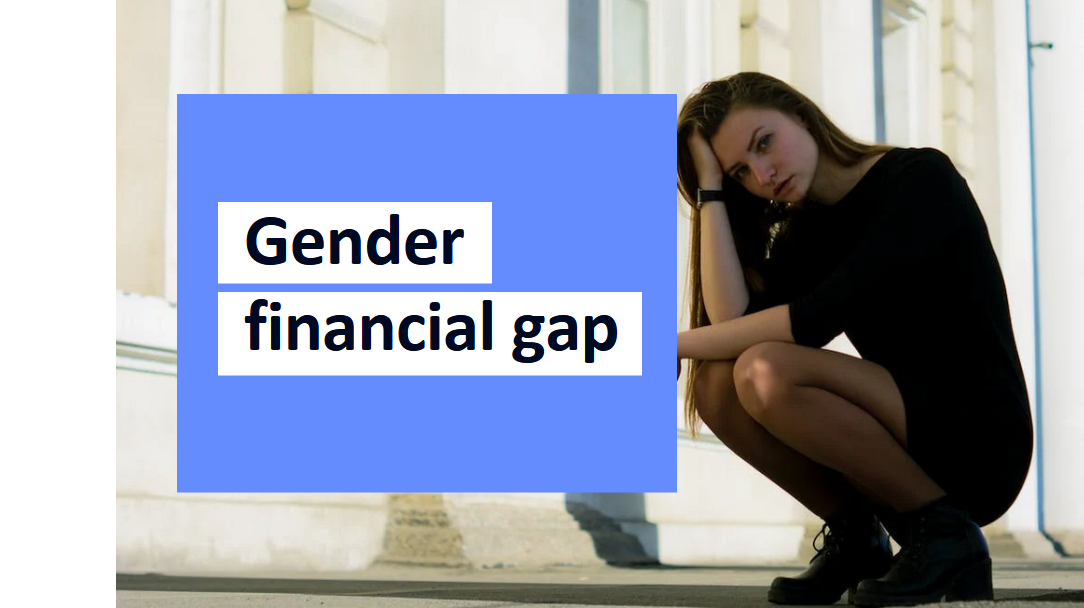Gender gap in finances limits mothers and family development

When the gender gap is mentioned, many people do not think of the key issue through media coverage of colorful physical and social comparisons. The fact that the reduction or better the elimination of the gender gap is important for a better life for families is not shared by many. The main factors of gender differences are economic, they fall into the area of the labor market and credit policy.
Gender differences in the relationship with the credit market are little talked about. However, the difference is remarkable in the context of the last 15 years, when many changes and new standards have come to the credit market. Everyone is aware of the income gap we still see in the job market, but what about the loan and credit score gap? An analysis was published by Investopedia in 2020, where they published significant credit spreads.
There is little discussion of gender-related differences in relation to the credit market
It’s hard to believe that back in the 1970s, women weren’t allowed to take out a loan or apply for credit. If women bought a house, they usually had to pay a larger down payment than men. In 1974, the Equal Credit Opportunity Act (ECOA) was passed, prohibiting discrimination against credit applicants based on sex. For the first time in history, women could own a credit card in their own name.
It is sad that what was common 3000 years before our era, women had to reclaim it. In Egypt, women had the same financial rights as men. They could acquire, own and dispose of property, enter into contracts and initiate civil lawsuits. They served on juries, witnessed legal documents, and always exercised those rights. You can read about the development of women’s financial and economic rights in the article here.

The gender gap is smaller but still vibrant and economically disadvantageous for women
The gender gap is smaller, but still alive and economically disadvantageous for women. Not even forty years ago it was approved in England that women could spend their money in pubs. In 2014, according to India’s National Crime Bureau, statistics showed that on average one woman dies every hour in a dowry dispute, even though the practice has been banned since 1961. In 2019, it was already 20 women a day.
President Reagan signed the Women’s Business Ownership Act, which created government support for women entrepreneurs and removed the male co-signer requirement for loans to women entrepreneurs in 1988.
Women’s participation and experience in credit markets in early modern Europe can be read in the collection of essays „Women and Credit in Pre-industrial Europe“, which focus on the role of women as lenders and borrowers. A subject much neglected in traditional histography and well worth knowing. Could women have entered the credit market, and if so, how? What did their involvement mean to their community and household? Was credit a vector of female emancipation? What changes have occurred in capitalism?
Data collection rules make it difficult to assess gender differences in the credit market, but such studies do exist. It can be said that women have multiple accounts and balances comparable to men. They use lower mortgage loan amounts and have lower delinquency rates. Single women use credit more than single men. The bankruptcy history comparison is slightly higher for single men. In general, men and women are nearly identical in many of their credit habits, yet women still have many disadvantages that prevent them from being on the same terms. In the economic and career world, parental leave is seen as a negative that is sanctioned.
Many women are unable to reach the financial opportunities they would have if their income level remained the same due to reduced income. A woman has to do a lot of calculating before joining the RČ. If she starts a business or owns property, she has many restrictions and will not be able to get support from the state even if she is without a partner. Many women are forced to be with the child at least because the family would not be able to function economically.
The gender gap in terms of financial and credit options can best be seen in the actual practice of individual women who find themselves in ordinary life situations, often related to childcare.
No law imposes a 50% cost obligation on fathers in the event of leaving the family until the child turns 18. Mothers deal with such situations alone and often end up on the brink of poverty. We would like to provide mothers and women on parental leave in the Czech Republic with free support in the field of business, as women in Western countries have. You can help us with that too!


